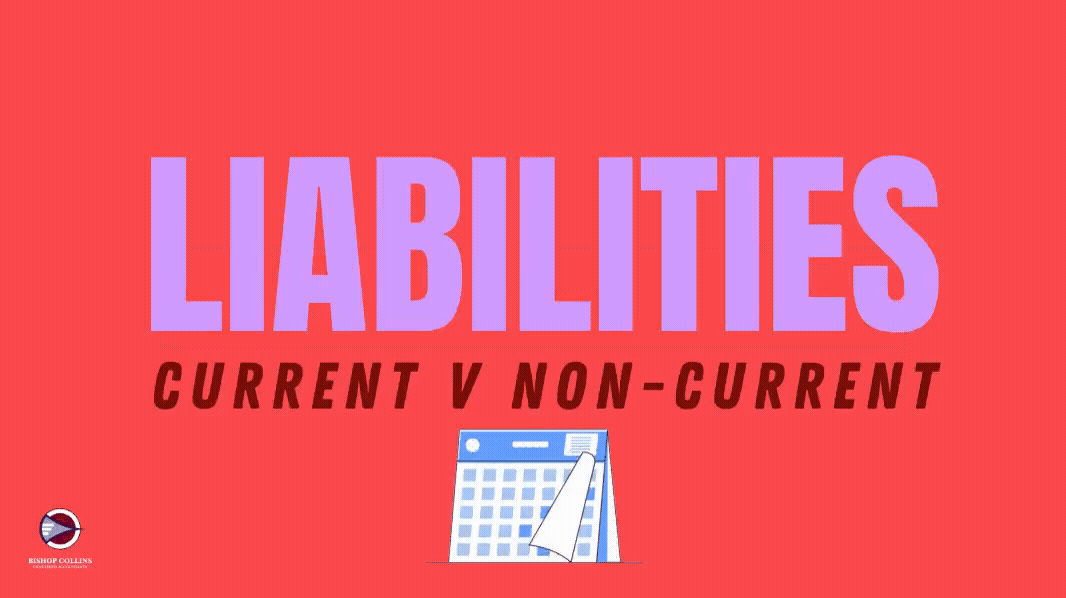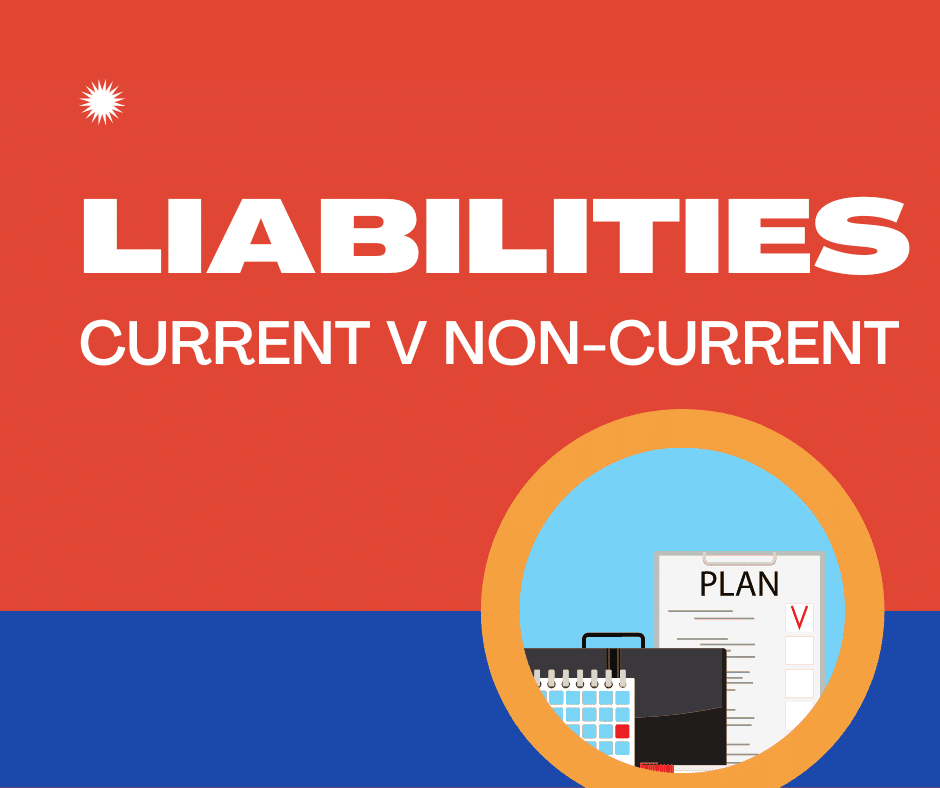
Where Rights Trump Intent – Amendments to IAS 1 Current/ Non-Current Liability Disclosures
No, this isn’t an article on the candidates for the upcoming US Presidential race (which could be quite a stir). Rather, a look into the commotion about the classification of liabilities – in particular, the distinction between current and non-current liabilities. After all, a liability is still a liability, isn’t it?
The struggle to correctly classify certain bank loans and borrowings as either current or non-current has been an issue for many companies for many years. One common complaint is that the classification rules are too strict, leading to managers’ expectations about their likelihood of repayment being inaccurate.
What are some examples of non-current liabilities?
Non-current liabilities, also known as long-term debts and obligations that have an expected duration greater than 1 year are shown on company accounting balance sheets. These financial commitments can be seen through different ratios like debt to assets or capital employed, which reflect how much risk there is in relation to these types of investments.
For example, if you take out a large loan then your firm would need more equity from investors because it’s taking on some corresponding risks when compared to other ventures where this doesn’t apply.
The classification of a non-current liability is dependent on how much will be paid within the upcoming year. Some examples include deferred tax liabilities debentures, long-term loans and bonds payable that, due to their nature, are not currently being incurred by an organisation – but still have future costs attached with them for which there may never actually come any point at which these obligations could potentially need a repayment.
A lot goes into determining what’s considered “non-current” versus current: How far away from maturity does this particular instrument fall? And does its priority rank higher than others given the same terms?
On the other hand, Liabilities are the responsibility of an organisation to meet its financial commitments within 12 months. These can include accounts payable short-term debt and notes payables, as well income taxes owed for example
The importance of classification
In simple terms, the classification between current and non-current liabilities can be defined as:
- Current Liabilities: are the obligations due for payment or settlement within the next 12 months.
- Non – Current Liabilities: are long term obligations, including debts of the business, which are not due for payment within the next financial year.
These classifications of liabilities can be especially useful in forecasting an entity’s ability to satisfy its obligations and understanding its future cash flows.
On 23 January 2020, the International Accounting Standards Board issued amendments to an existing accounting standard, IAS 1 Presentation of Financial Statements. The amendments are intended to clarify the existing requirements on how to classify current and non-current liabilities. The effective date of the amendments is for reporting periods commencing on or after 1 January 2022, and be applied retrospectively. (Just so you know, retrospectively means comparatives need to be re-stated.)

What changed?
Firstly, the IAS adopted a narrower interpretation than previously. Specifically, the classification of liabilities as current or non-current should be based on rights that are in existence at the end of the reporting period. Previously the standard refers to the term “unconditional” rights to defer settlement. “Unconditional” has been removed, as the rights to defer settlement are rarely unconditional. In place of “unconditional” the standard has been changed to “right at the end of the reporting period”.
Secondly, the classification of liabilities is based on the right to defer settlement and not the intention of the entity. The predecessor standards included consideration of the intent of the Board and management in determining whether an amount would be classified as current rather than non-current. For the avoidance of doubt, classification under the new standard is unaffected by expectations about whether an entity will exercise its right to defer settlement of a liability.
Thirdly, the standard clarifies that settlement refers to, the transfer to the counterparty of cash, equity instruments, other assets or services.
The IASB has recognized that in some situations, liability may become repayable within 12 months of the reporting date. However they cannot know for certain when this will happen and as such, it is impossible to calculate how much risk would be mitigated by delaying repayment until after year-end—henceforth referred an ‘impossible period’ because there isn’t enough information available at initial estimates during calendar years.
The new standard recognizes three cases where entities could have either potential or likely exposure: i) Where extant contracts provide for early settlement; ii), Where nonperformance events arise which give rise potentially extending beyond one year from report date (e..g., applicable interest rates increasing more than expected);
Case Study
For example, let’s assume an entity has a loan that expires in July 2023 and the intention of management is also to repay the loan in July 2023. However, at 31 December 2022, which is also the entity’s year-end, the entity has the right to defer the settlement for 18 months, the classification will potentially be different using the amended standard.
Previously, the liability would have been classified as current because settlement will be within 12 months as it is based on the intention of the entity. With the change in IAS 1, the classification will be a non-current liability because the entity has the right to defer the settlement beyond 12 months.
What hasn’t changed
It is important to note the amendments affect only the presentation of liabilities in the statement of financial position (the “balance sheet”) — not the amount or timing of recognition of any asset, liability income or expenses, or the information that entities disclose about those items.
There were no changes in terms of the criteria to be classified as a current liability. Keeping in mind, for a liability to be classified as current it has to meet as least one of the following criteria:
- The liability is due to be settled within 12 months after the reporting period,
- The liability is expected to be settled within the entity’s normal operating cycle (e.g. trade payables), and
- Liabilities held for the purpose of trading.
The IASB, in an effort to harmonise accounting standards across different national markets, has proposed two alternatives. Where compliance with covenants and conditions on or before the balance date will determine if a liability is current or non-current based on its status at year-end – for example, whether it met working capital requirements versus EBITA ones (which could lead to bankruptcy).
If they succeed then these changes should affect many financial institutions around the world; however there are some implications which need consideration before implementation, such as how this would affect loans already signed?
Deferral on effective date
As a result of the COVID-19 pandemic, the IASB has proposed to defer the effective date of the amendments by one year, to annual reporting periods beginning on or after 1 January 2023. This proposal has not been finalised.
We understand this can be a confusing topic at times. We are here to help you. If you need any assistance in deciphering your current and non-current liabilities, please contact Johan Van Der Westhuizen at Bishop Collins Accountants



